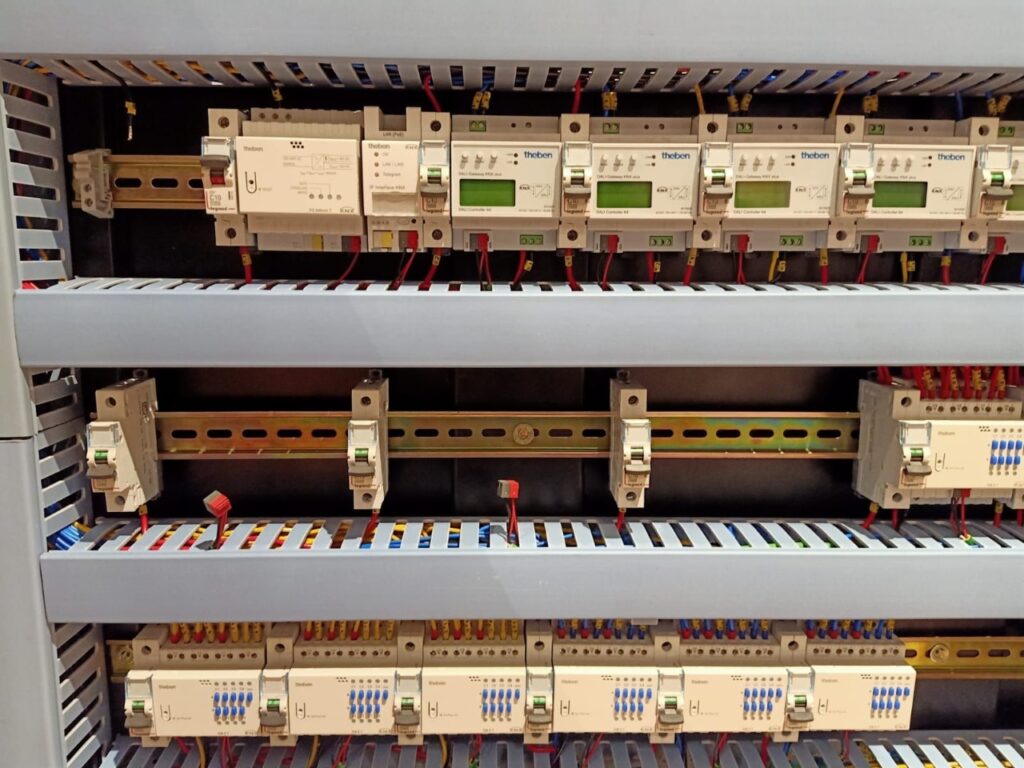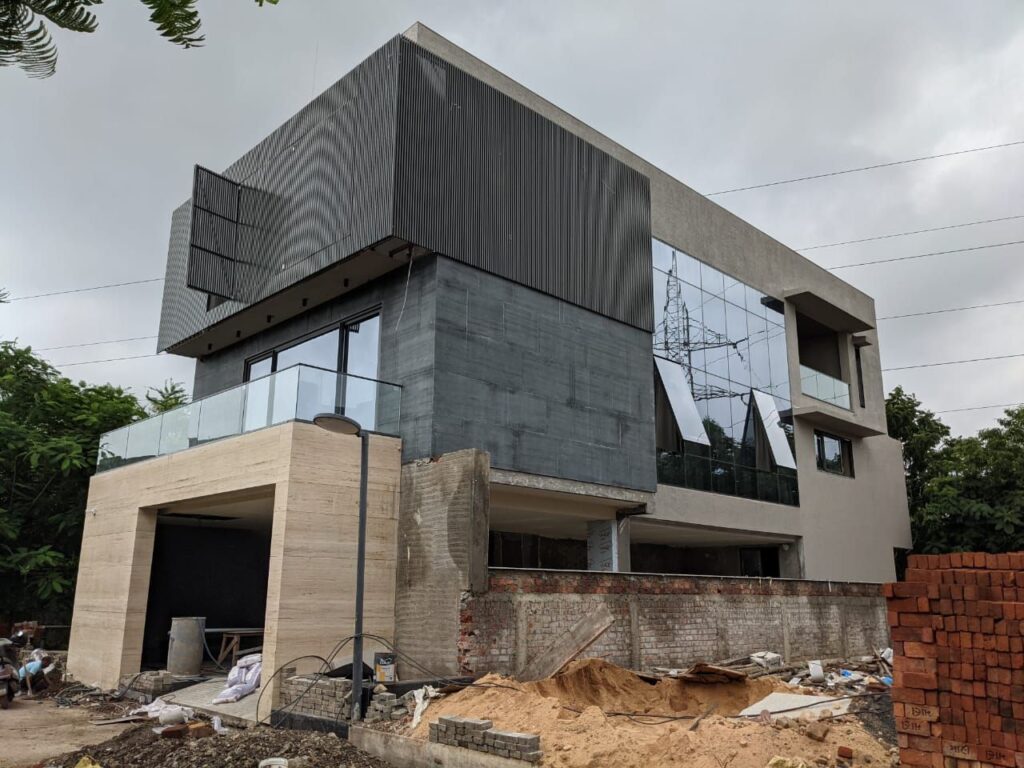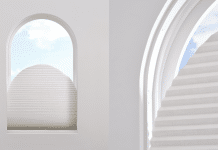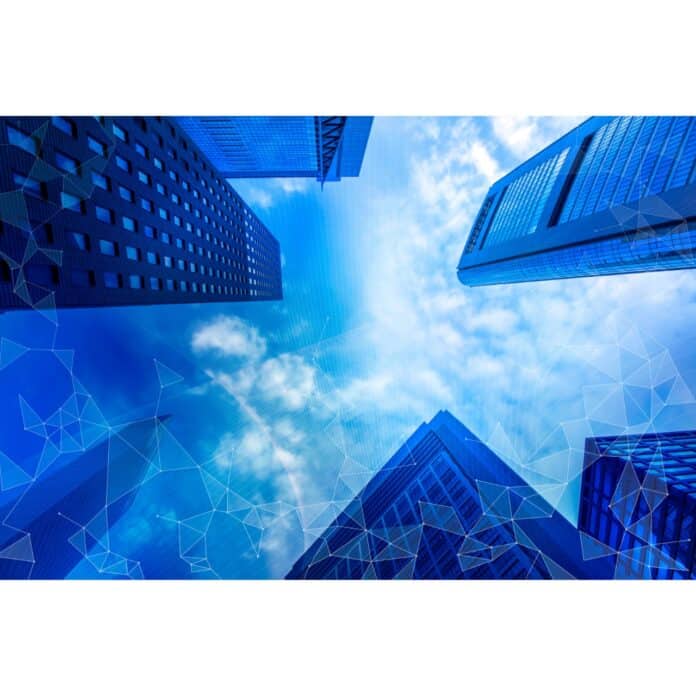
Buildings in this tech-savvy era are not mere shelters made of bricks and cement. Today, buildings are a complex integration of structures, systems and technology. Building components like lighting, security, heating, ventilation and air conditioning systems are being immensely upgraded these days, for the building owners to select and integrate into a system. However, more than just comfort, builders all over the world are concerned about the conservation and amelioration of “Mother Earth”. The solution is raising buildings that minimize energy costs, support a sturdy electric grid and diminish harmful impacts on the environment. This is what pushed forward the conceptualization of smart buildings with technology that ensures spaces consume energy more efficiently. Smart buildings are backed with systems that effectively control water, electricity and air circulation with the help of smart sensors. Intelligent building solutions are capable of considerably reducing the carbon footprints by saving energy and eliminating harmful emissions into the environment.
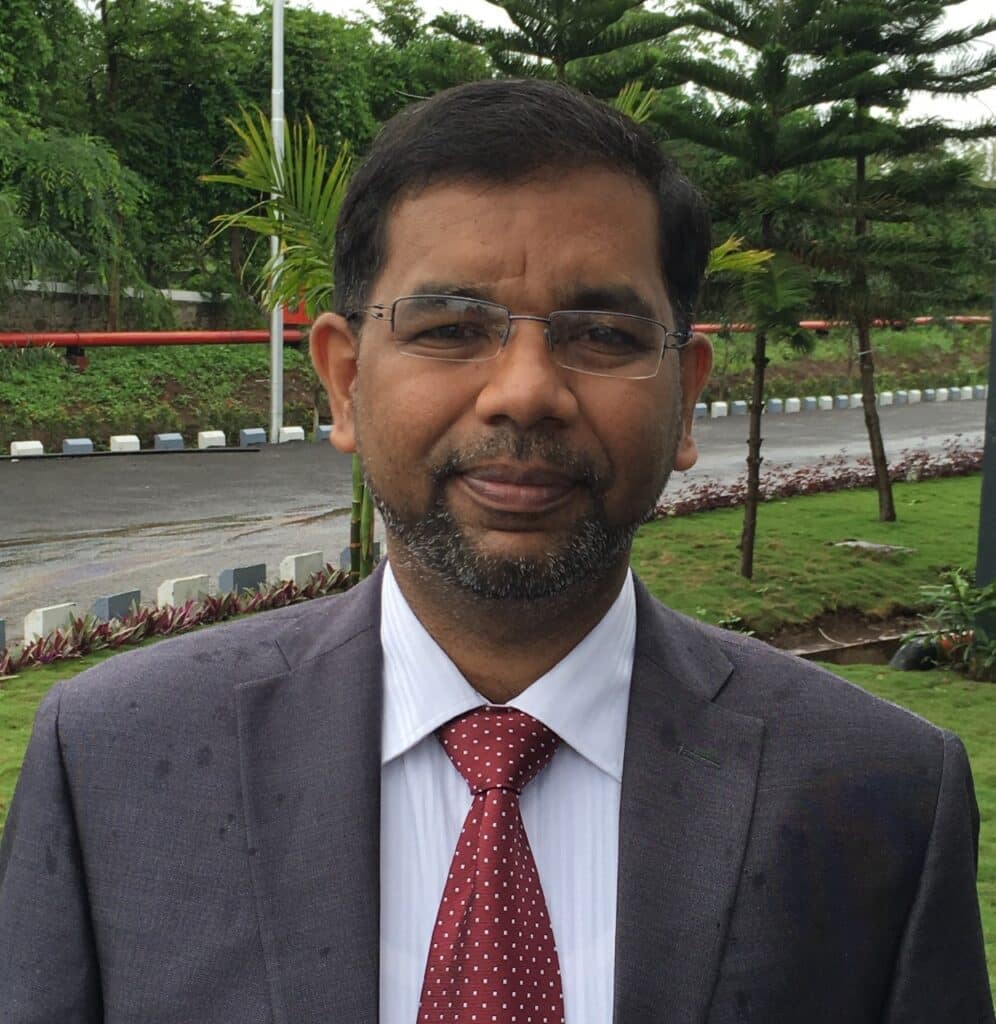
“In my opinion, any building or any ecosystem which makes our lives easier and also helps make our planet greener is”Smart “. Today almost 40% of energy is consumed by buildings. So it is imperative on our part to reduce the energy footprints in buildings without compromising on the comfort levels or safety of users”, says Huzefa Poonawala, Country Manager, GIC Theben.
“At GIC Theben, our prime object is just that. We are providing simple solutions which increase the comfort levels of the users, without compromising on safety and also saving energy. Our solutions are on “KNX Secure” which ensures complete data security of the customer. The wired KNX system also ensures reliability of the system making it independent of the network.
Simple, easy to use and install movement and presence sensors can cut down one’s energy consumption in any commercial or residential building. No need for any complicated wiring or programming to install and commission these sensors.
We need to ACT TODAY to save our TOMORROW and the only way forward is to minimize the use of energy in every possible way”, adds Poonawala.
Using information and communication technologies (ICT), smart buildings enhance the dwellers’ comfort while using less energy than a conventional building. Smart buildings use ICT to connect building systems together to optimize various operations and the overall building performance. Besides, smart buildings can communicate with the power grid, a feature that is becoming increasingly important for utility demand response deployment.
Challenges:
However, there are certain barriers the smart building industry is still struggling to overcome. Upfront purchase costs are one of the major obstacles to investments in smart building technologies. For owners of small and medium-sized buildings, managing the initial investment costs is quite challenging as they have less capital than giant real estate companies or builders. Besides, the financial and insurance industries have yet to accept the valuation of smart building features for accurate appraisal and underwriting. Also, the building operators need a lot more awareness or knowledge about the whole concept and the latest technology and its use. Cybersecurity threats are a growing concern today due to the easy availability of the internet and the high dependency on it. Also, internet connections or Wi-Fi networks in India are often unstable. Therefore, a lot of people are still sceptical about buying a smart apartment/home.

Speaking on challenges the industry is currently facing, Santosh Tatte, Country Manager, HMS Industrial Networks India Pvt. Ltd, says, “A single smart device or piece of equipment can’t make a building Intelligent or Smart. Different building devices communicate on the basis of different communication protocols such as water meter (M-bus), power meter (Modbus or BACnet), lighting (DALI), Thermostat (KNX). Each HVAC manufacturer has his/her own communication protocols. To consolidate all these protocols and interface with BMS, it requires additional devices like Gateway / Protocol Converters.
With new technology and devices being innovated and added into smart buildings such as Electric Vehicles by guests in the hospitality industry, smart buildings solution suppliers are also required to be in tune with the technology trend, capable of supporting new devices and by all means, new protocols”.
Benefits:
“Smart building is a trending concept of TBS (Total Building Solution) or IBMS (Intelligent Building Management System) which integrates building automation, security, fire detection, energy management, facility management etc. into one single platform to achieve energy efficiency, comfort, safety and sometimes controls as well. With smart buildings nowadays, users get to enjoy a smooth experience from the moment users step into the building and while comfort is achieved, safety and security are not compromised. Smart buildings will learn human behaviour and turn them into automated adjustment such as switching on lights, resume escalators, air-conditioning, contactless visitor registration, temperature setting, crowd alert, ventilation etc. Such automated actions and control will help to save energy, operating cost, operational effectiveness & efficiency and at the same time will avoid any human dependency”, adds Tatte.

Besides, smart buildings are incredibly efficient. They enable a reduction in maintenance costs by more than 15 per cent, which ultimately reduces the overall energy consumed by the building, making it a safe haven for the environment. “A smart building uses systems and programs that continuously monitor and adjust the energy consumed in relation to the climate and weather. Smart Buildings include a pretty efficient HVAC system that not only allows for optimal thermal comfort but also reduced energy consumption. Since the pandemic, physical and psychological well-being has become of priority in designing homes. Smart buildings are able to control the indoor air quality and lighting to make a comfortable environment for the users to savour. The most significant benefit of a smart home is the ability to retain data. It collects extensive data on air quality, humidity, lighting and more to aid in making informed decisions. It also possesses the ability to calculate real-time cause and effect, hence making it easier to predict some of the anomalies in nature. Smart technology, if implemented successfully, can efficiently provide safer, healthier, and more comfortable living spaces”, says Amit Gulati, Founder, Design 21.
Quantifiable insights and real-time information
IoT generates data that becomes quantifiable components. It gives an in-depth understanding of the way everything functions within the building, ranging from occupants to how the space is being utilized. Today, real-time information is essential and effective governance of the facility revolves around the data and how quickly one can gather the desired information on the current status of a building. A smart building allows one to keep an eye on the real-time data and make essential changes and upgrades promptly.
Reduce Energy-consumption
In a smart building, optimal HVAC management via sensor-controlled solutions and motion-sensitive lighting induce energy efficiency, which benefits the environment as well as the dwellers by reducing electricity bills. Research says, individual smart technologies like smart thermostat(5–10%), smart plugs(50-60%), advanced lighting controls(45%), web-based lighting management systems(20-30% above controls savings) automated window shades(21-38%), smart glass(20-30%), cloud-based energy information system(EIS)(5-10% of whole building), etc. offer substantial energy savings. An upgrade to a single component or isolated system can lead to 5-15% energy savings and with integrated systems, a smart building can do energy-saving of 30-50% (as per research reports by ACEEE.ORG).
Heading towards an intelligent future:
“Smart and sustainable buildings have been designed, built and utilized in order to consume less energy, facilitate efficient building operation, and improve the comfort, health & safety and productivity of users. A Smart Building minimizes energy and water consumption, minimizes waste and maximizes recycling, provides healthy living conditions and promotes environmental performance”, says Tatte.
Smart buildings impact the security of all resources ranging from humans to capital. They create a platform for accessible information and turn buildings into fundamental power generators. A key unit of the future, smart buildings aim to amalgamate information technology and human ingenuity to head towards a truly intelligent low-carbon era.



